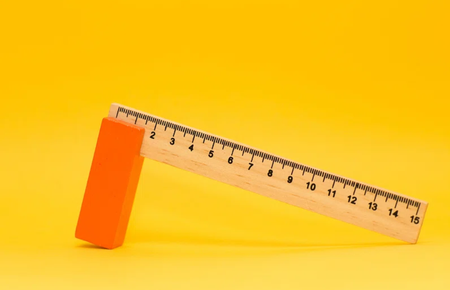Using metrics to select a journal involves evaluating the journal's citation rates to gain insights into its influence and the visibility of its published research. Several metrics are available to assess journals, and the rank of a title can vary depending on the measure used. Journals with high metric scores are often preferred due to their potential to enhance an article’s reach. However, relying solely on metrics can be limiting, as they may not fully reflect the journal's relevance to the specific field, the quality of peer review, or the fit for the particular research. Therefore, while metrics can guide journal selection, considering additional factors like the journal's scope, audience, and editorial standards is crucial for making a well-rounded decision.
Journal-level metrics must never be used to judge the quality and impact of an individual article or author.
The most commonly used journal-level metrics include:
- Journal Impact Factor (JIF): Calculated by Clarivate, it measures the average number of citations received per article published in the journal during the preceding two years.
- 5-Year Journal Impact Factor: Similar to the JIF but calculates the average number of citations received over the preceding five years.
- Journal Citation Indicator (JCI): A field-normalised index designed to complement the JIF, allowing for comparisons of journals across different disciplines.
- CiteScore: Calculated by Scopus, it measures the average citations per document that a journal receives over a four-year period.
- Scimago Journal Rank (SJR): Considers both the number of citations received by a journal's articles and the prestige of the journals where such citations come from, calculated over the previous three years.
- Journal Acceptance Rate: The percentage of submitted manuscripts that are accepted for publication in the journal.
- Source Normalized Impact per Paper (SNIP): Measures the contextual citation impact by weighting citations based on the total number of citations in a subject field, allowing for comparisons between journals in different fields.
Find complete journal metrics and reports at:


